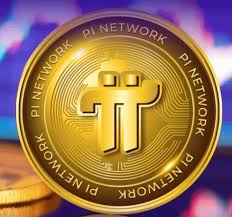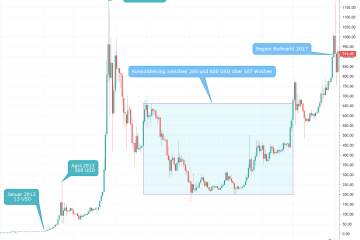Cryptocurrency Pi Network: Revolutionizing Digital Currency

Introduction to Pi Network
In the ever-evolving landscape of cryptocurrencies, Pi Network has emerged as a fascinating player, gaining attention for its unique approach to mining. Launched in March 2019 by a group of Stanford graduates, Pi Network aims to make cryptocurrency accessible to everyone, primarily by allowing users to mine coins on their mobile devices without draining battery life or using extensive computing power.
How Pi Network Works
Unlike traditional cryptocurrencies such as Bitcoin, which requires excessive power and sophisticated hardware for mining, Pi Network utilizes a user-friendly model that permits users to earn Pi coins simply by tapping a button on their phones once every 24 hours. This innovative mechanism has drawn in millions of users globally, amassing over 35 million registered individuals within just a few years.
Phases of Development
Pi Network’s launch strategy is divided into three critical phases. Currently, it is in the second phase, where users can continue to mine Pi coins while the development team focuses on building the network and establishing its platform. The anticipation for the third phase is high, during which the coin’s true potential will be unlocked, allowing transactions and trading in a fully-functioning ecosystem.
Market Reception and Criticism
Despite its rapid user growth, Pi Network has faced scrutiny from some cryptocurrency experts. Critics argue that without a substantial value or functioning market, Pi coins hold no worth. The team has countered these criticisms by emphasizing their model’s goal of decentralization and its emphasis on community-building rather than immediate profits.
Future Outlook
As Pi Network moves toward its anticipated transition to the third phase, many users are eager to see how the project will evolve. A successful launch could make it a significant player in the cryptocurrency realm, particularly in regions where traditional banking is less accessible. However, the broader cryptocurrency market’s volatility and regulatory landscape will influence its future trajectory.
Conclusion
In conclusion, the Pi Network represents a new frontier in the cryptocurrency space, prioritizing accessibility and community engagement. While challenges lie ahead, its ambitious vision for a decentralized network may carve out a niche in the digital currency world. As global interest in cryptocurrencies continues to surge, keeping an eye on the Pi Network will be imperative for both enthusiasts and investors alike.









